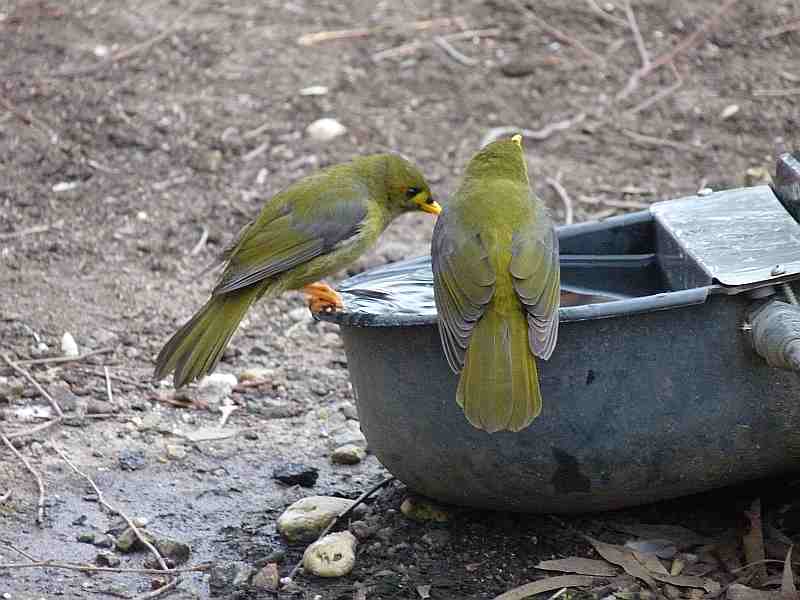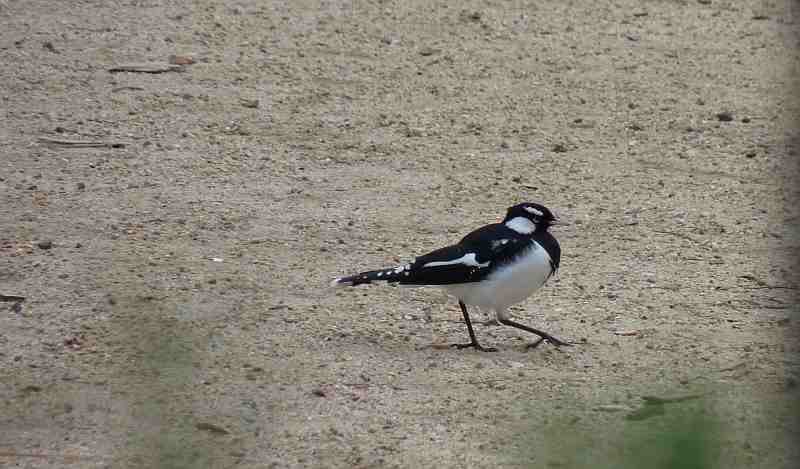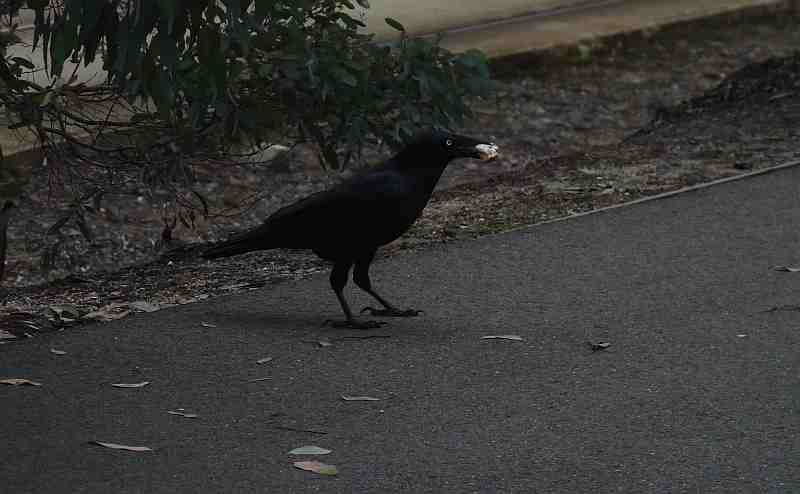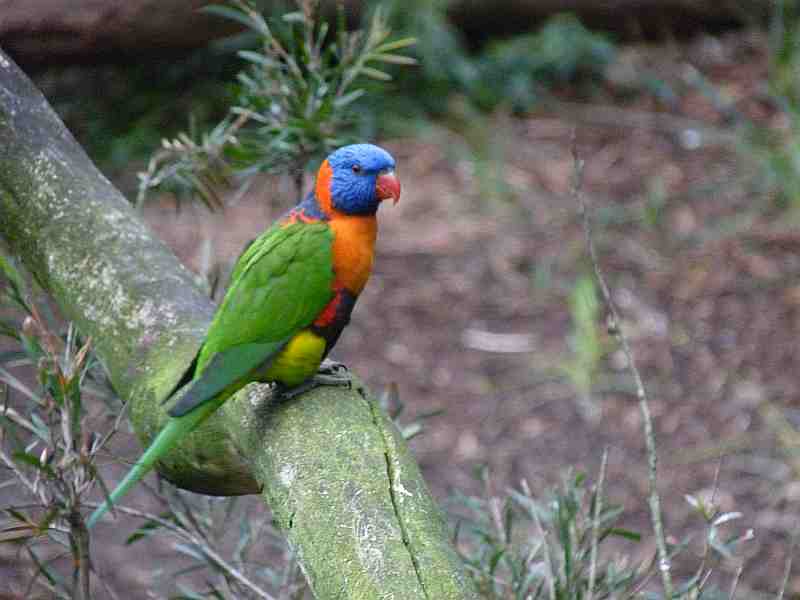It wasn’t a day fit for birding, but even on such a dull day Melbourne had plenty to offer to a jet-lagged birder on a lightning first-time visit to Australia

I made a lightning dash to Australia last week and birding was nowhere on the agenda. But Melbourne is such a pretty city even on a brooding, cloudy day that I began instinctively to peer at treetops and park lawns with hopeful curiosity. After a little walk about the Central Business District, I rode a tram to the Melbourne Zoo, a destination of my childhood dreams ever since I had read about it as being a centre of conservation and wildlife education.
There was a light drizzle as I alighted at the station and it was already midday. I had 24 hours left in Melbourne and I wasn’t going to miss a beat. As I trotted about the zoo taking in the sights, turning into a boy of eight all over again, I acquainted myself with the local birdlife, too. Warbler-sized birds, indistinct in the murky light, eluded me in the thickets and shrubbery. House sparrows, introduced by English overlords who wanted a touch of home in Australia, were in annoying abundance. The Spotted Dove, Blue Rock Pigeon and the Common Myna, introduced from Asia, were common, too. I wasn’t exactly happy to see them – but isn’t that pretty much how one Indian regards another upon running into each other abroad?


Among the local birds, the most striking, of course, was the Rainbow Lorikeet. They were present in large numbers, shrieking through the canopy like iridescent arrows, brightening the gloomy afternoon. Gaudy, noisy and totally parrot-like in habit, they steal a march over most of our Asian parakeets on any visual scale.


Bell Miners, locally known as Bellbirds, were quite common. Their ringing, bell-like calls rend the air tremulous, not unlike an attack of pulsating tinnitus. These colourful little birds, a species of honeyeater, are known to be insectivorous and are as gregarious as babblers are in India. They are even known to have complex social behaviour as babblers do.

Silver Gulls were as common as crows, even more so in the cities where they floated about the skyscrapers like kites made of confetti. This is Australia’s most common gull, and is well known to Indian cricket-lovers for large numbers of them swarm stadium grounds during matches. Silver Gulls have bright red bills and legs, and the bills are believed to get redder as the bird ages. Curious and unafraid, they hang about restaurants and garbage dumps looking for scraps. They utter a variety of loud squawks and other harsh, impolite noises.
Whistling kites were also common, as were black kites, in and around the city outskirts.


Among the intriguing local birds was the Magpie Lark, an endemic species that has little relation to either magpie or lark. It is known to be carnivorous and I found them to be quite widespread in parks and pavements. The species is dimorphic, with females being distinguishable by a white throat.

Cattle Egrets and Dusky Moorhens frequented the swamps and water bodies created within the animal enclosures, and the Pacific Black Duck was also fairly common.
I was still not done with the zoo ten minutes from closing time, and as I rushed through the last exhibits, I came across a familiar bird outside the enclosure for African Wild Dogs. Sooty black, with a yellow-orange bill and a yellow eye-ring. Yup, a Eurasian Blackbird. Introduced by homesick English settlers, the species has made itself very much at home in Australia.

A few largish mottled birds swung down from the casuarinas to a shrub in rich flower, digging into the orange blooms with their curved bills and getting their brows all flecked with dark yellow pollen. This, I learned, was the Little Wattlebird, a species of honeyeater common in coastal Victoria.

Just outside the zoo gates near the tram stop, a large black bird swooped down from the tree and claimed for itself a chicken bone that some young visitor to the zoo had probably dropped. It was a corvid, jet black with a pearly white iris. This was the Little Raven, a bird native to southeastern Australia. A little later, it called huskily from a treetop, a call very similar to that made by ravens in North America and South China.

It was a nice bit of birding for one afternoon, and just an appetiser considering that there were dozens of little birds I couldn’t quite fix my eyes on long enough to merit a tick on the checklist. And just to spite me, the next morning was heartachingly glorious. But, guess what Australia, I’ll be back. I haven’t had enough of your beautiful birds!
- TL;DR – Death Stalks Like A Marabou Stork - July 24, 2024
- Dimorphic Egret – Meet this East African mystery bird - June 8, 2024
- Encounter: Northern Treeshrew in Arunachal Pradesh - May 19, 2024


